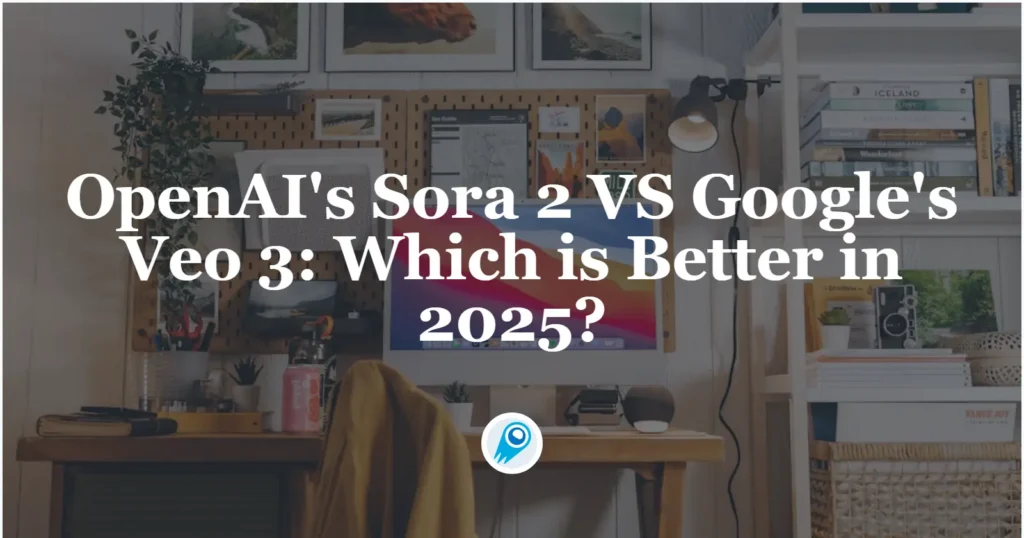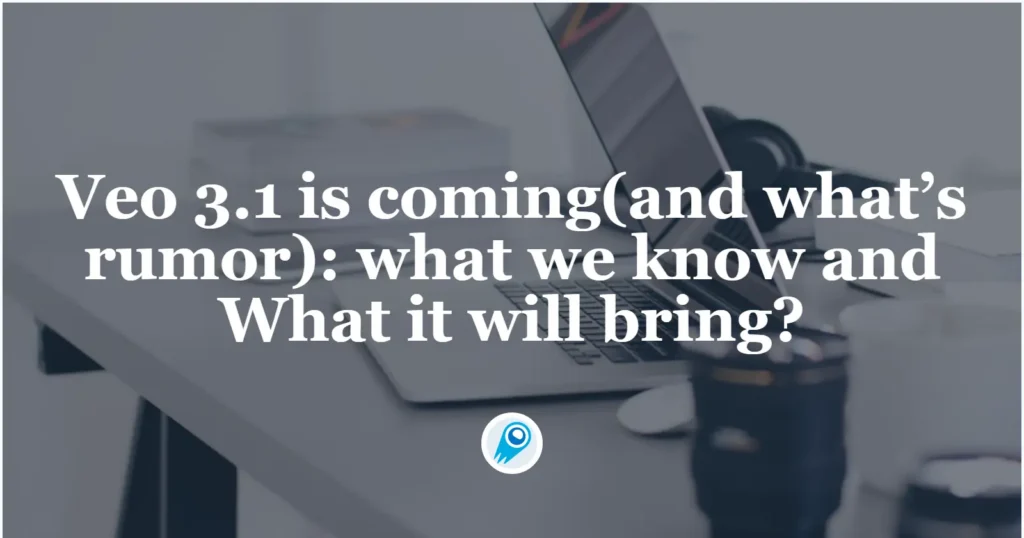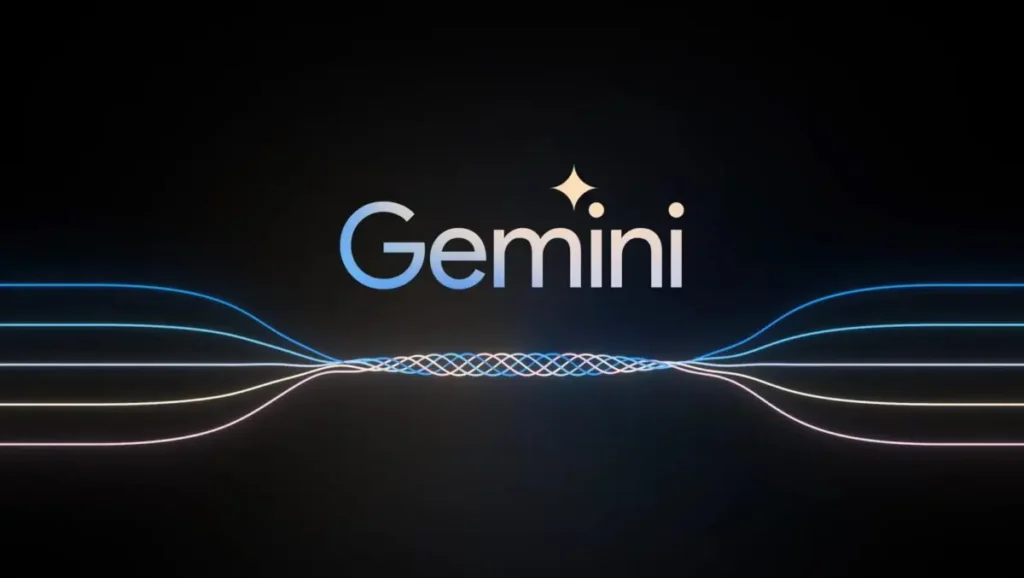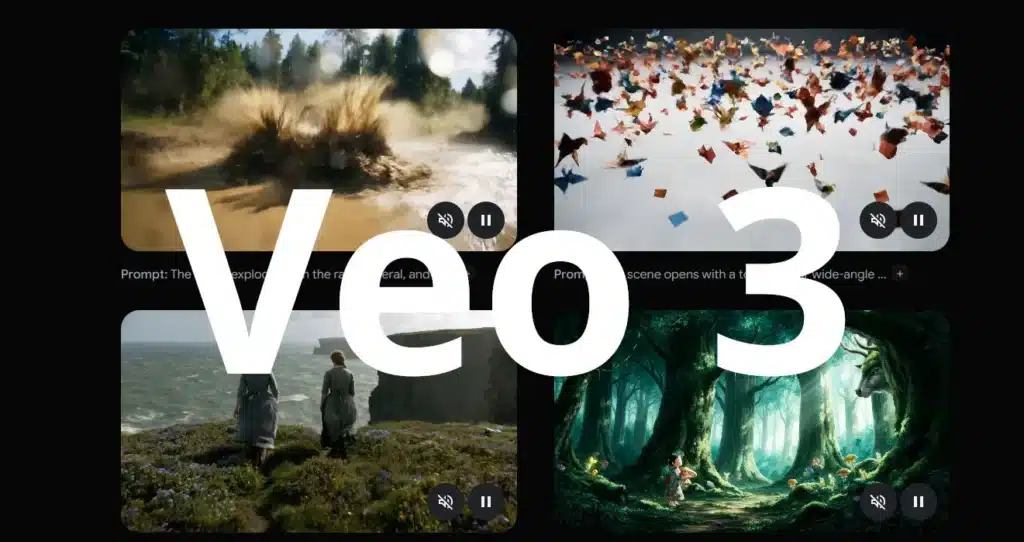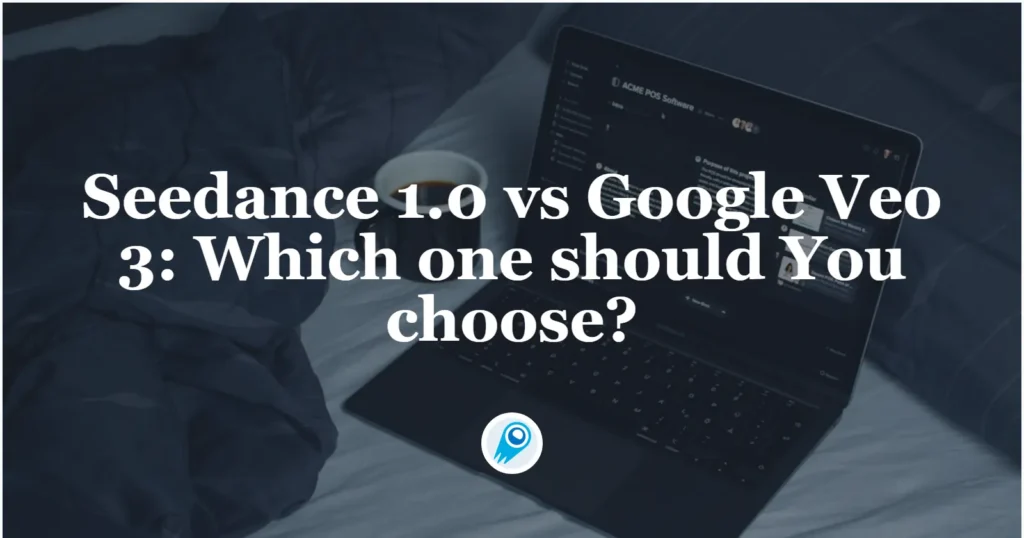The recent wave of generative video models has produced two headline-grabbers: OpenAI’s Sora 2 and Google/DeepMind’s Veo 3. Both promise to put high-quality, audio-synchronized, physics-aware short video generation into the hands of creators — but they take different product, distribution and pricing approaches. This article compares them end-to-end: what they are, how they work, how […]
Veo 3.1 is coming(and what’s rumor): what we know and What it will bring?
Veo 3.1 is Coming: Veo is Google’s family of AI video-generation models (Veo 3 / Veo 3 Fast are current). Google has recently shipped big Veo 3 improvements (vertical 9:16, 1080p, Veo 3 Fast, lower pricing) and there are rumors / social posts that Veo 3.1 is imminent — but Google has not published an […]
What are the limitations of Gemini usage limits across all tiers?
Google has moved from vague “limited access” wording to explicit, per-tier caps for the Gemini app (free, Google AI Pro, and Google AI Ultra). Those caps cover daily prompts, image generation, Deep Research reports, video outputs, context window sizes and — in Ultra — access to the highest-end reasoning mode called Deep Think. This article […]
How Much does Veo 3 Cost?
Google’s Veo 3 — the company’s latest video-generation model that produces synchronized visuals and native audio from text or images — has been rolled out across several access channels (Gemini / Google AI consumer plans, the Gemini API, and Vertex AI for enterprise). That means “how much it costs” depends on how you plan to […]
Seedance 1.0 VS Google Veo 3: Which one should You choose?
Seedance 1.0 and Google Veo 3 represent two of the most advanced video generation models available today, each pushing the boundaries of what neural networks can achieve in transforming text or images into dynamic, cinematic experiences. Developed by ByteDance’s Volcano Engine (formerly known as Toutiao’s engine) and Google DeepMind respectively, these models cater to a rapidly […]
Veo 3 vs Midjourney V1: What is the differences and how to Choose
Artificial intelligence is transforming video production, and two of the most talked-about entrants in this space are Google’s Veo 3 and Midjourney’s Video Model V1. Both promise to turn simple prompts or still images into engaging motion clips, but they take fundamentally different approaches. In this article, we’ll explore their capabilities, workflows, pricing, and suitability for various […]
Kling 2.1 vs Google veo 3: A Comparative Analysis
You’ve probably come across two names making waves recently When you’re diving into AI video generation: Kling 2.1 and Veo 3, Google DeepMind’s most advanced text-to-video model. In this article, we’ll walk through their key features, performance, ease of use, and real-world applications—so you can decide which one fits your creative toolbox best. What can […]
How to Prompt Veo 3?
I’m thrilled to dive into Veo 3, Google DeepMind’s groundbreaking AI video generation model. Over the past week, Veo 3 has dominated headlines, social feeds, and creative conversations. From satirical reels roasting influencer culture to mock pharmaceutical ads that feel startlingly real, creators and marketers alike are experimenting with Veo 3’s uncanny ability to translate […]
Veo 3 API
Google DeepMind’s Veo 3 represents the cutting edge of text-to-video generation, marking the first time a large-scale generative AI model seamlessly synchronizes high-fidelity video with accompanying audio—including dialogue, sound effects, and ambient soundscapes.
Model Type: Video
3 Methods to Use Google Veo 3 in 2025
Google Veo 3 is a video-generation model developed by Google using the latest AI technology. Announced at Google I/O 2025, it grabbed attention for its ability to automatically generate high-resolution, cinematic-quality videos from simple text or image inputs. With Veo 3, creators and businesses can produce high-quality video content more quickly and at lower cost […]

